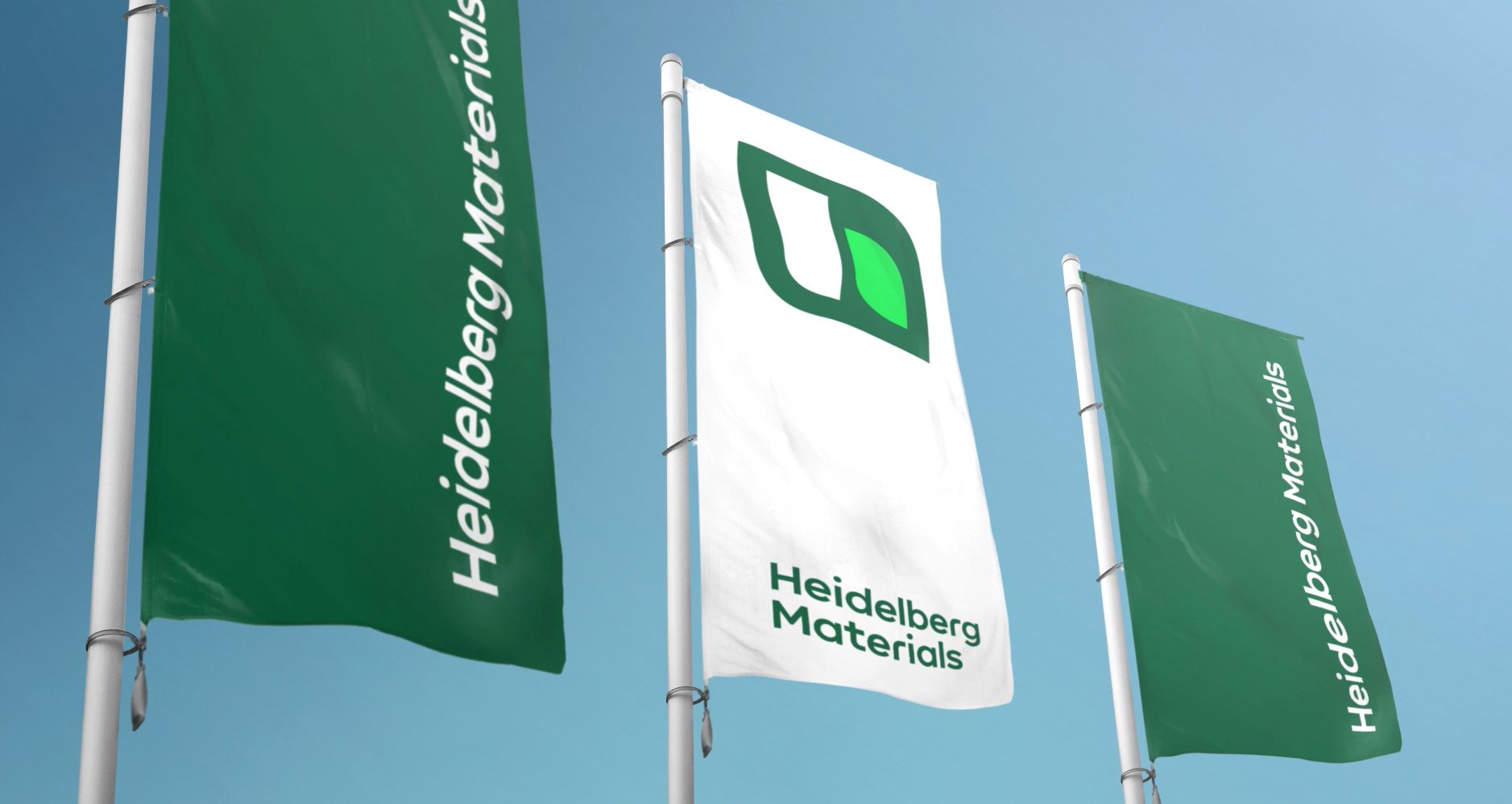Centre Pompidou Malaga
A blend of art, architecture, and advanced materials
Heidelberg Materials' subsidiary in Spain contributed to the construction of the new Centre Pompidou in Malaga by donating 250 square meters of i.light, the transparent cement expressly conceived by i.lab, Heidelberg Materials' Research and Innovation Center, for the making of the Italian Pavilion at Expo Shanghai 2010.
The Paris Centre Pompidou is a cultural landmark of the highest level, one of the most visited monuments in France. In the same way, its Spanish spin-off called the ‘Pop-Up Pompidou’ which will remain in Malaga for at least 5 years, is part of the cultural circuit of the Andalusian city, already rich in prestigious attractions such as the Picasso Museum, the Contemporary Art Center, the Thyssen Museum, and the Saint Petersburg Russian Art Museum. The richness of the city landscape has made Malaga the capital of culture and art in Spain.
The Centre Pompidou Malaga's most conspicuous feature is its underground location. The only way natural light can enter is through the symbolic glass cube located above the inner courtyard, which was conceived as a well of natural light by the architects. The courtyard is practically dark on the lower level, so as not to affect the permanent collection with direct exposure to sunlight.
The architects' initial idea was to install glass panels and modulate the light through a system of wooden slats. In the end, however, the i.light panels were preferred, as they could guarantee better light control. The use of i.light panels provided an innovative solution for the project, and ideally met the designers' specifications. i.light offers a new and fascinating way of designing with light. Amazing effects can be created with i.light – ranging from transparency to shade, which can completely transform the look of a room with natural or artificial lighting, as was accomplished for the Pop-up Pompidou in Malaga.
Centre Pompidou Malaga is a versatile venue designed to provide citizens free access to all visitor information spaces (lobby, cafeteria, gift shop, workshops, meeting rooms etc.), as well as controlled access to exhibition spaces. The design is unobtrusive and aims to create a neutral setting that focusses attention on the works of art displayed. All of the museum's facilities were built in line with energy efficiency parameters, with efforts made to ensure that these are not overtly perceived within the spaces. Climate control, lighting, safety features, fire protections, systems coordination, and other standards meet the highest possible criteria for this kind of building.
The structure itself consists of pillars and reinforced concrete slabs, forming an 8×8 m grid. The building encompasses two floors:
- Ground floor: public access, cafeteria, services, gift shop, temporary exhibition hall, educational and workshop areas, staff access, and control
- Lower floor: permanent collection, exhibition space, multi-use hall, conservation and restoration spaces, personnel area, building services, and technical spaces
A service area, storage areas, and building control areas are included on each floor within the communal areas.
Location
Malaga (Spain)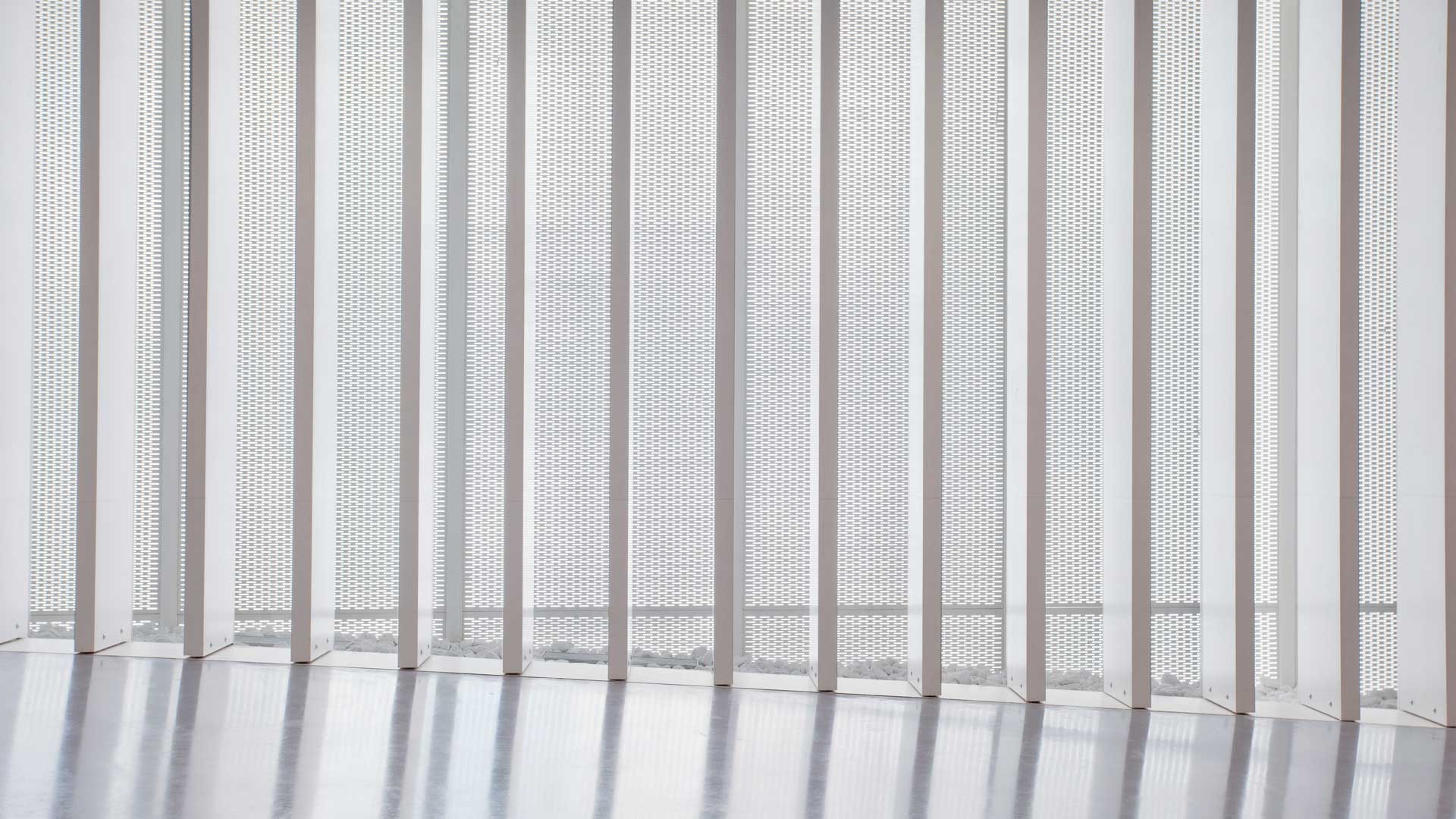
Centre Pompidou Malaga, Spain. Heidelberg Materials' subsidiary in Spain, contributed to the construction of the new Centre Pompidou in Malaga by donating 250 square meters of i.light, the transparent cement.
Heidelberg Materials
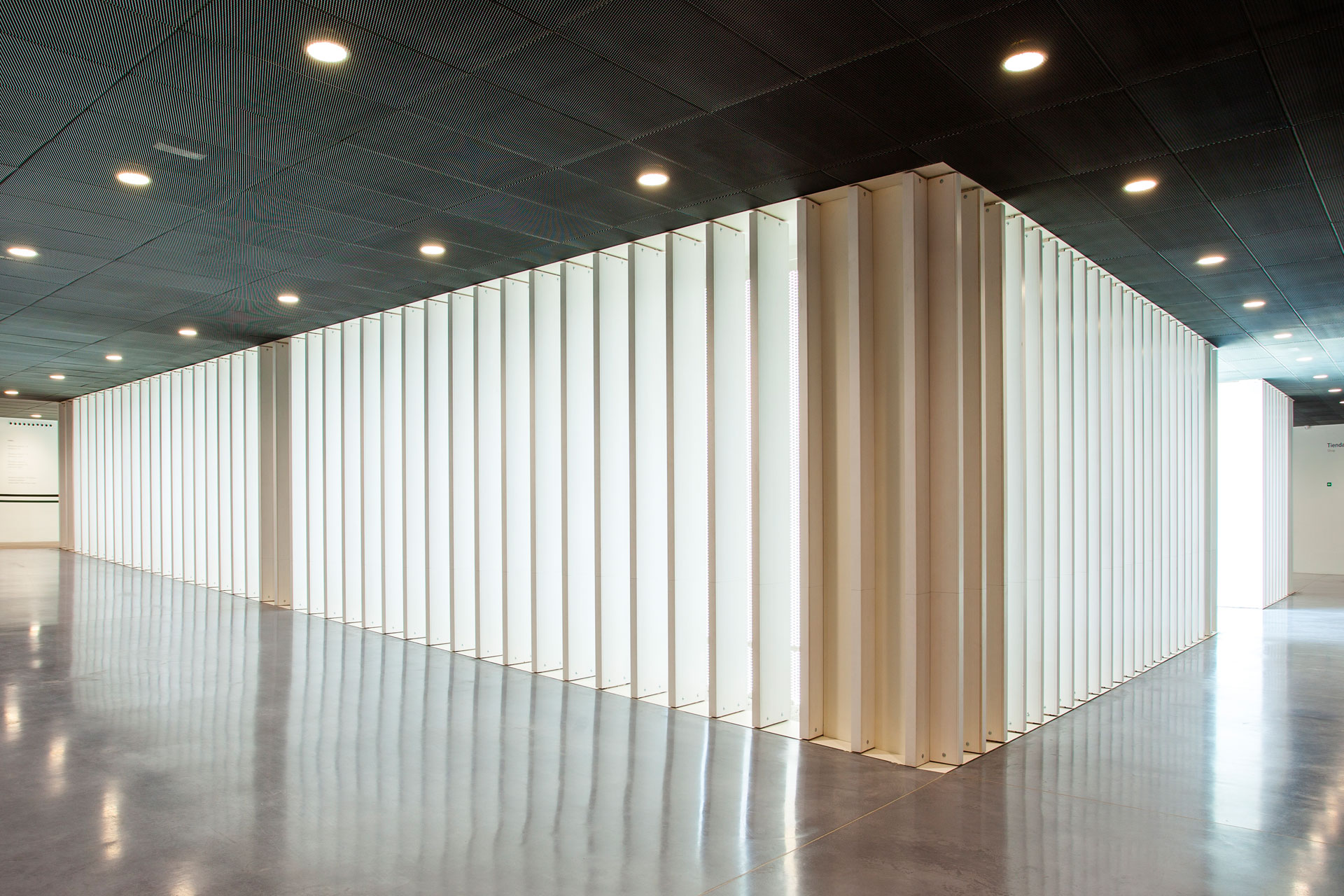
Centre Pompidou Malaga, Spain. Heidelberg Materials' subsidiary in Spain, contributed to the construction of the new Centre Pompidou in Malaga by donating 250 square meters of i.light, the transparent cement.
Heidelberg Materials
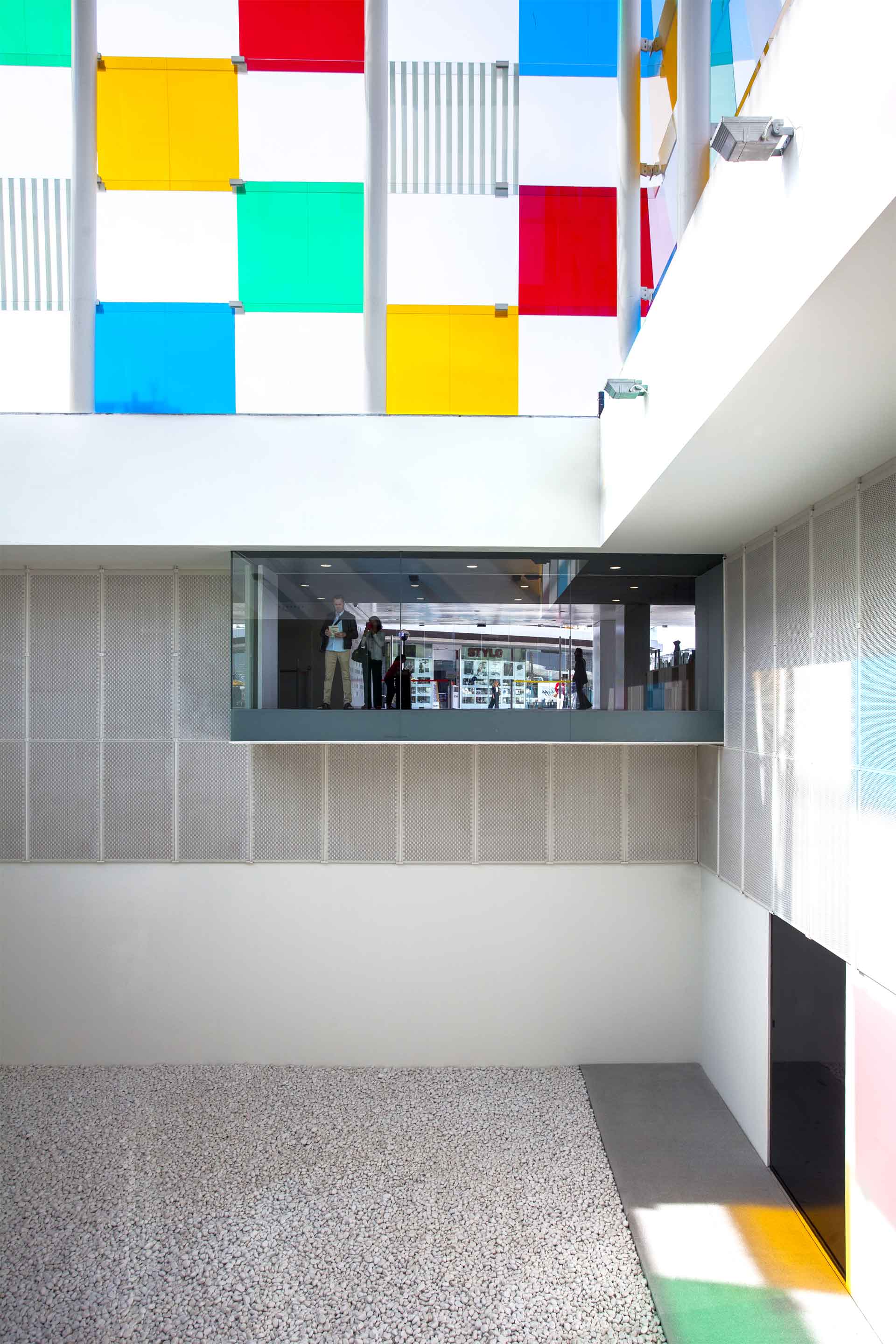
Centre Pompidou Malaga, Spain. Heidelberg Materials' subsidiary in Spain, contributed to the construction of the new Centre Pompidou in Malaga by donating 250 square meters of i.light, the transparent cement.
Heidelberg Materials
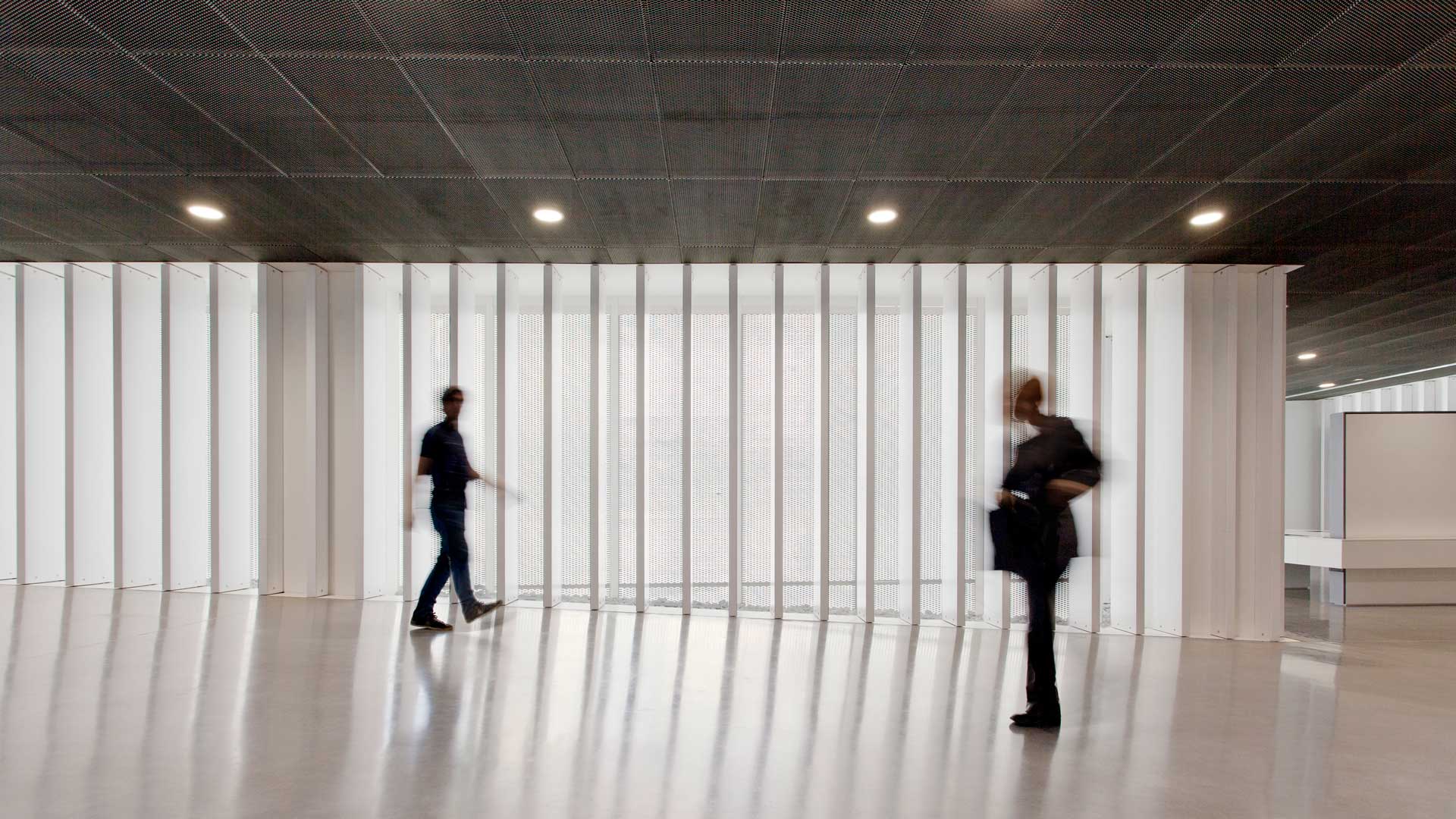
Centre Pompidou Malaga, Spain. Heidelberg Materials' subsidiary in Spain, contributed to the construction of the new Centre Pompidou in Malaga by donating 250 square meters of i.light, the transparent cement.
Heidelberg Materials

Centre Pompidou Malaga, Spain. Heidelberg Materials' subsidiary in Spain, contributed to the construction of the new Centre Pompidou in Malaga by donating 250 square meters of i.light, the transparent cement.
Heidelberg Materials
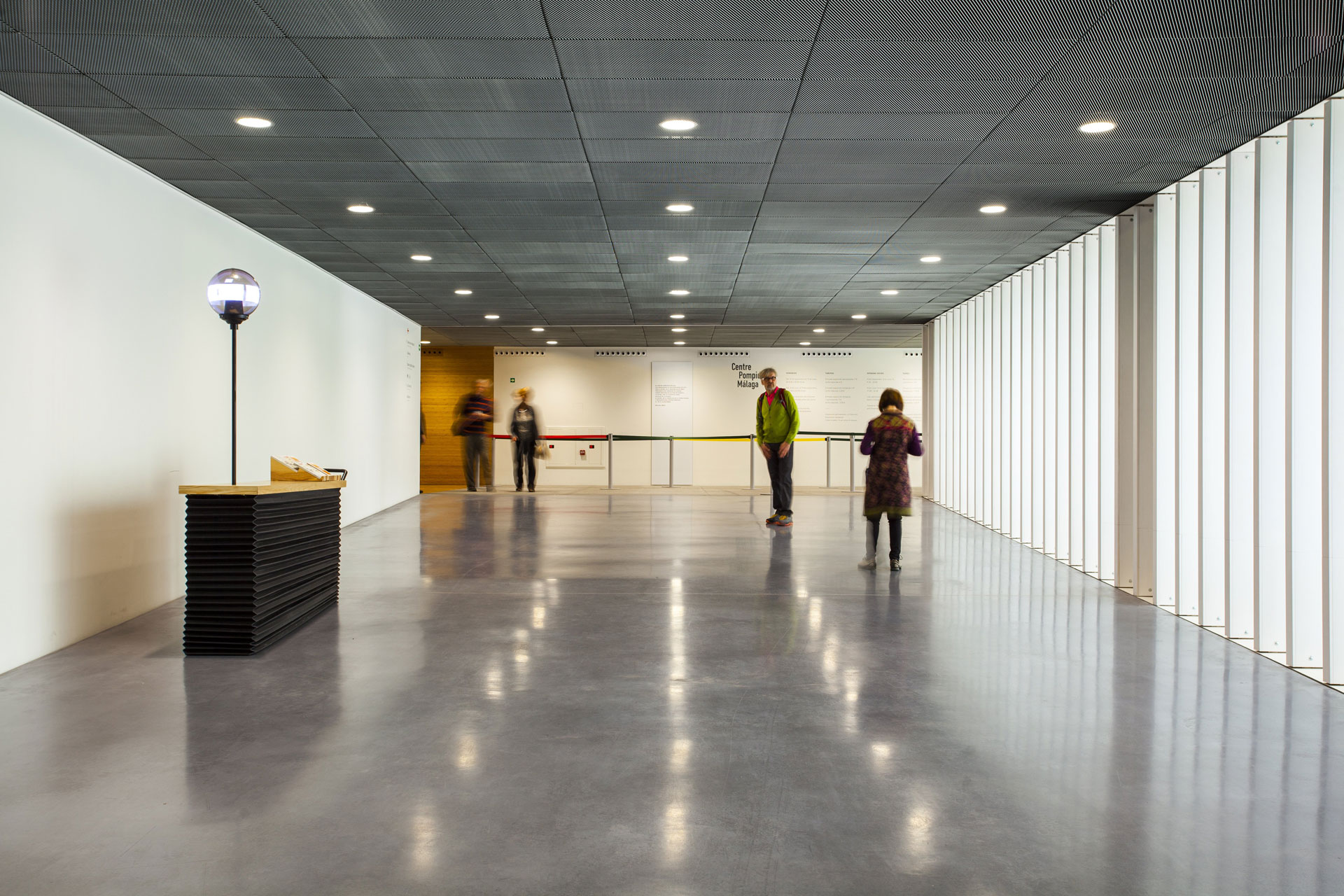
Centre Pompidou Malaga, Spain. Heidelberg Materials' subsidiary in Spain contributed to the construction of the new Centre Pompidou in Malaga by donating 250 square meters of i.light, the transparent cement.
Heidelberg Materials
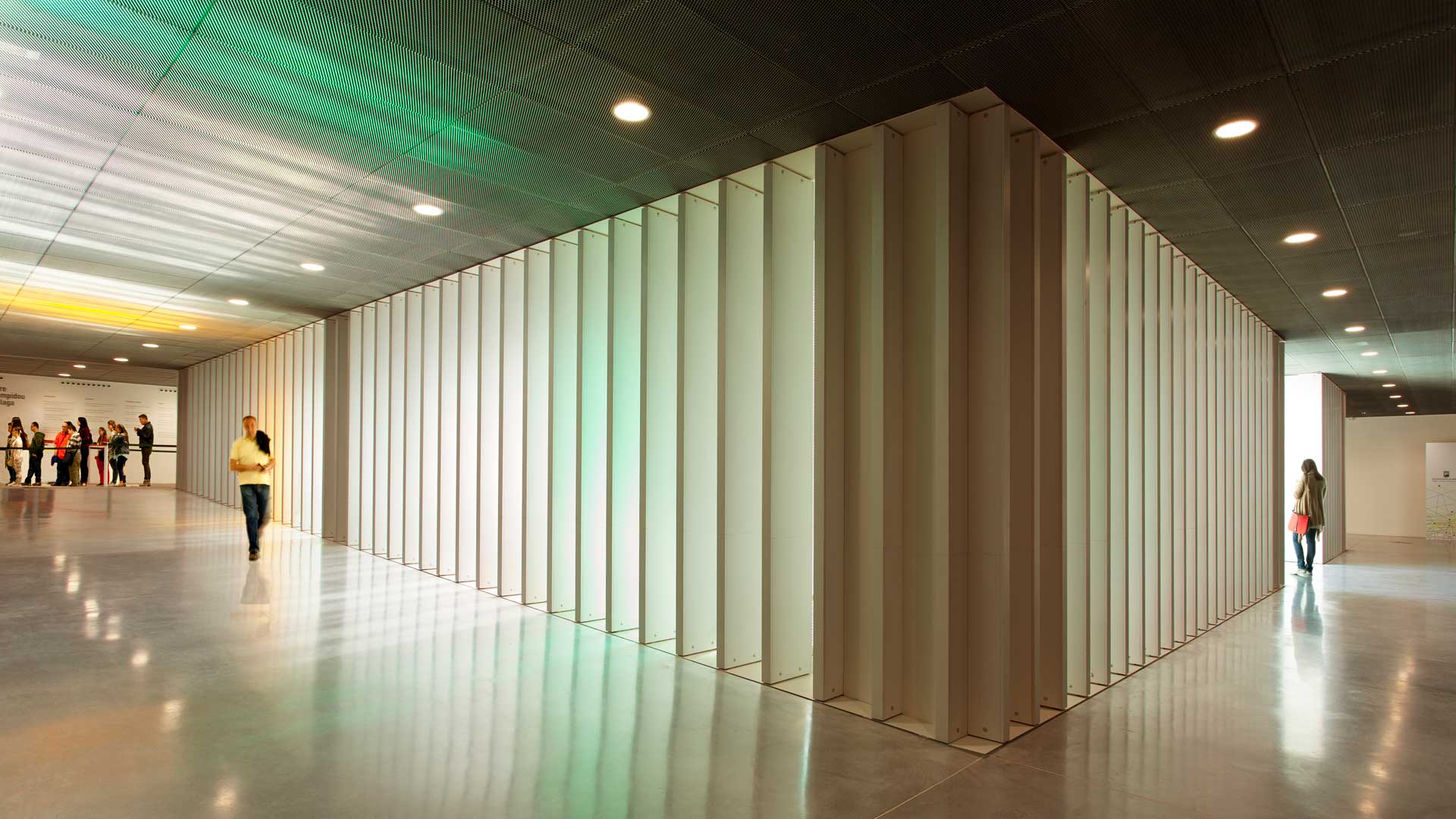
Centre Pompidou Malaga, Spain. Heidelberg Materials' subsidiary in Spain, contributed to the construction of the new Centre Pompidou in Malaga by donating 250 square meters of i.light, the transparent cement.
Heidelberg Materials
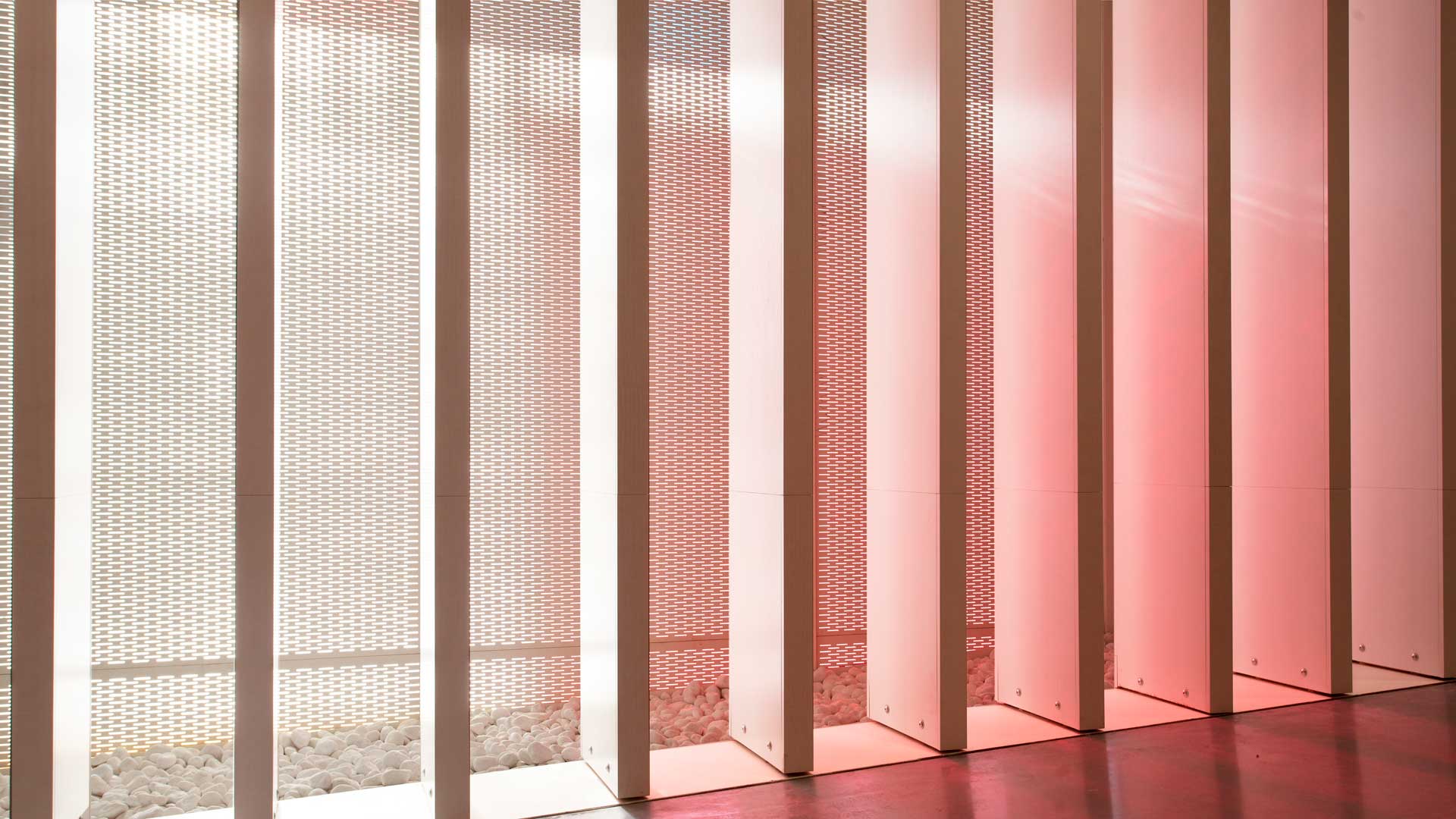
Centre Pompidou Malaga, Spain. Heidelberg Materials' subsidiary in Spain, contributed to the construction of the new Centre Pompidou in Malaga by donating 250 square meters of i.light, the transparent cement.
Heidelberg Materials

Centre Pompidou Malaga, Spain. Heidelberg Materials' subsidiary in Spain, contributed to the construction of the new Centre Pompidou in Malaga by donating 250 square meters of i.light, the transparent cement.
Heidelberg Materials

Centre Pompidou Malaga, Spain. Heidelberg Materials' subsidiary in Spain, contributed to the construction of the new Centre Pompidou in Malaga by donating 250 square meters of i.light, the transparent cement.
Heidelberg Materials

Centre Pompidou Malaga, Spain. Heidelberg Materials' subsidiary in Spain, contributed to the construction of the new Centre Pompidou in Malaga by donating 250 square meters of i.light, the transparent cement.
Heidelberg Materials

Centre Pompidou Malaga, Spain. Heidelberg Materials' subsidiary in Spain, contributed to the construction of the new Centre Pompidou in Malaga by donating 250 square meters of i.light, the transparent cement.
Heidelberg Materials

Centre Pompidou Malaga, Spain. Heidelberg Materials' subsidiary in Spain, contributed to the construction of the new Centre Pompidou in Malaga by donating 250 square meters of i.light, the transparent cement.
Heidelberg Materials

Centre Pompidou Malaga, Spain. Heidelberg Materials' subsidiary in Spain contributed to the construction of the new Centre Pompidou in Malaga by donating 250 square meters of i.light, the transparent cement.
Heidelberg Materials

Centre Pompidou Malaga, Spain. Heidelberg Materials' subsidiary in Spain, contributed to the construction of the new Centre Pompidou in Malaga by donating 250 square meters of i.light, the transparent cement.
Heidelberg Materials

Centre Pompidou Malaga, Spain. Heidelberg Materials' subsidiary in Spain, contributed to the construction of the new Centre Pompidou in Malaga by donating 250 square meters of i.light, the transparent cement.
Heidelberg Materials
